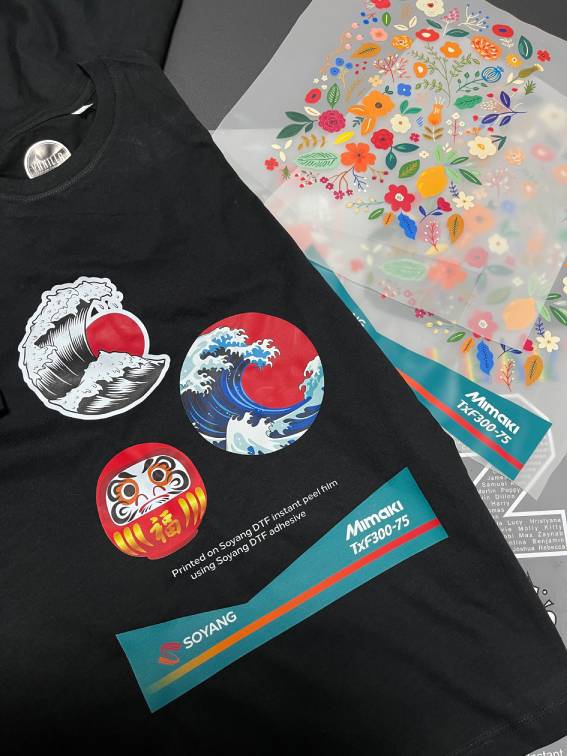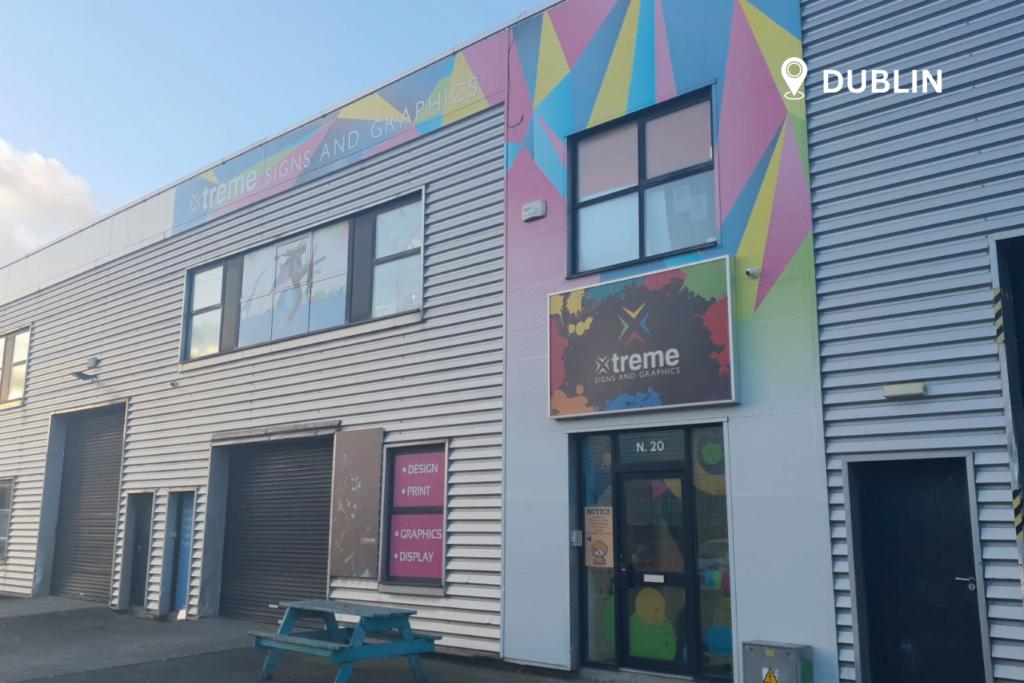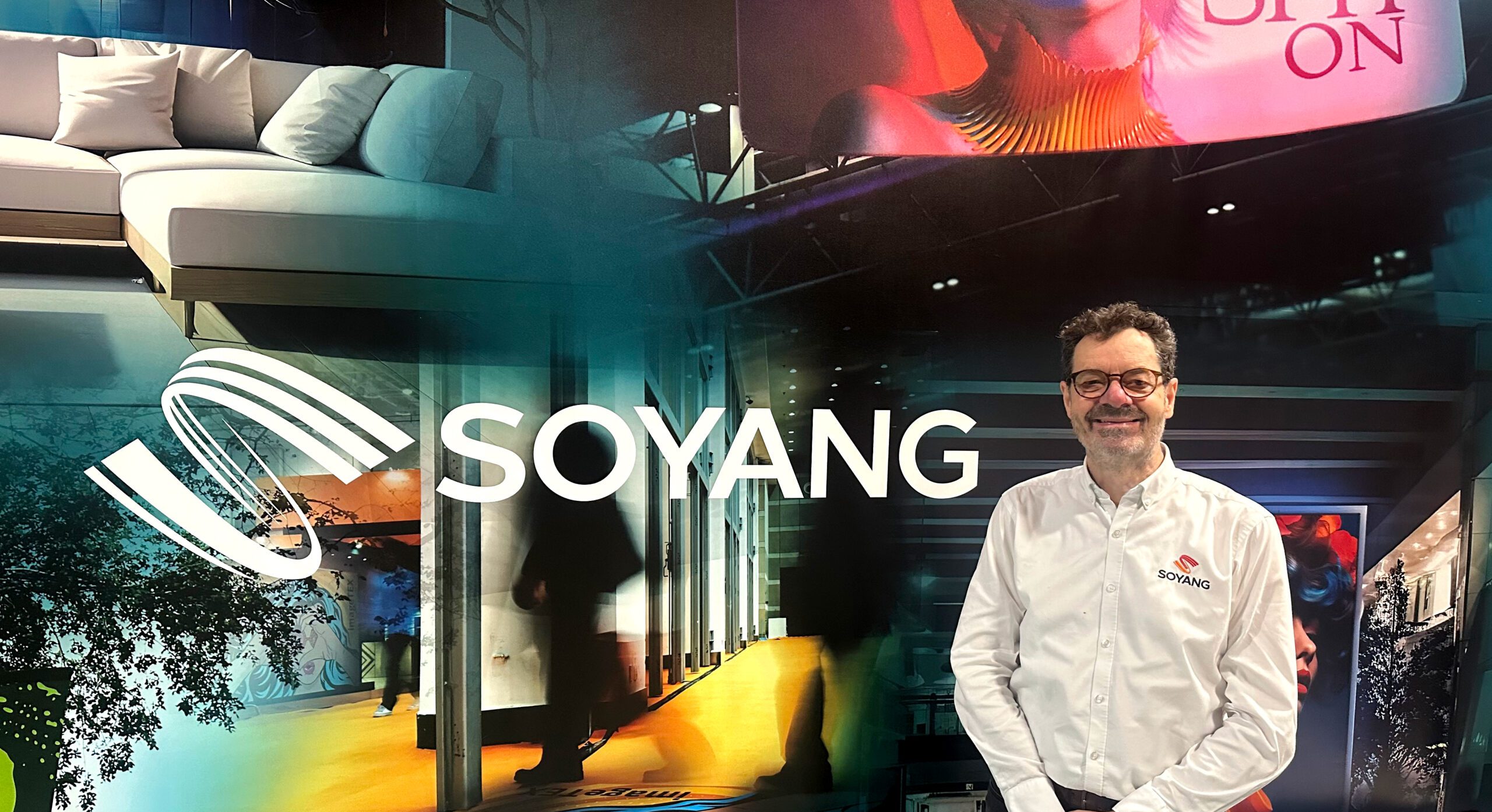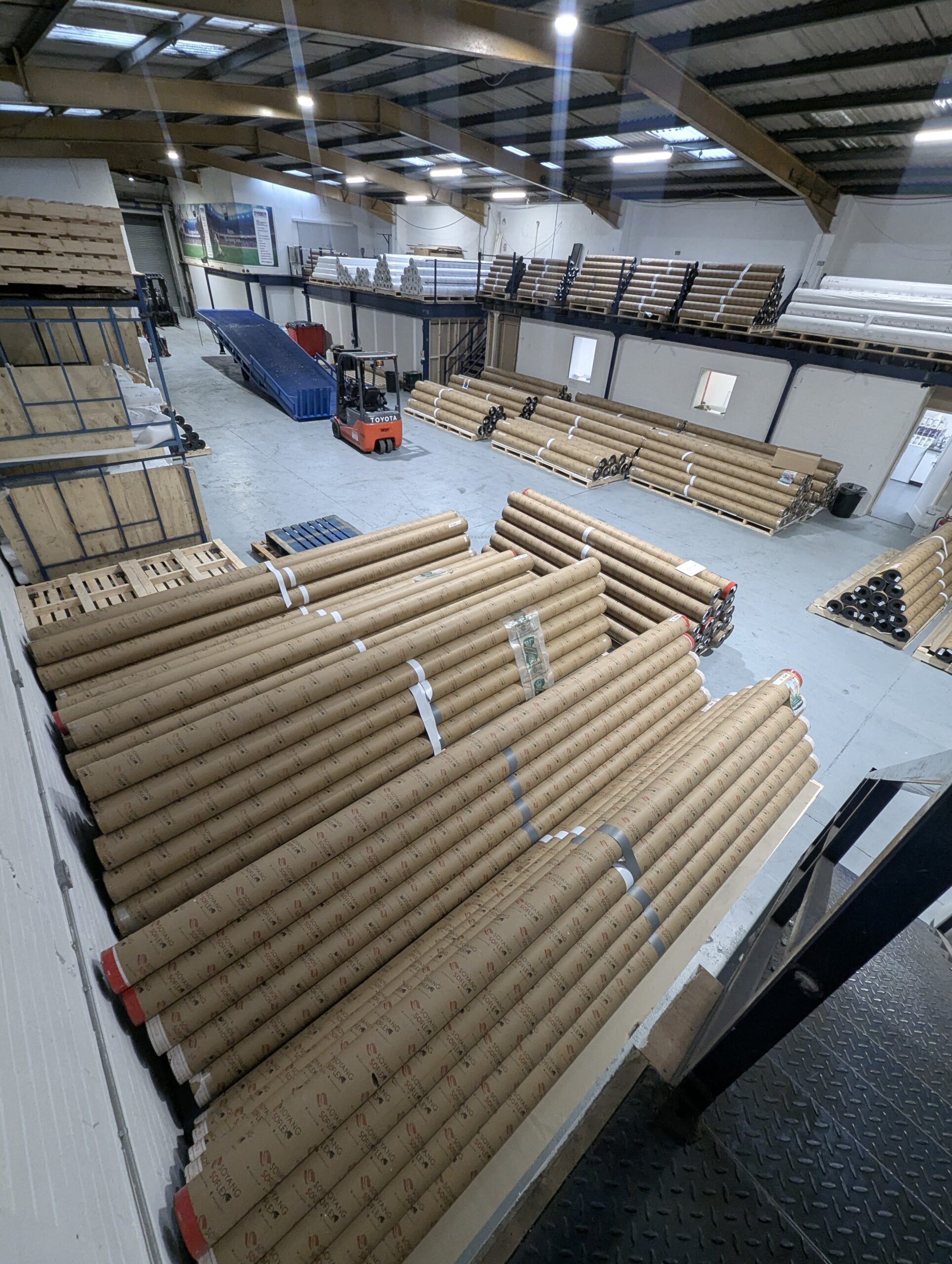Here we discuss the rise in demand for personalisation, the subsequent rise of DTF technology, and some of the applications it can be used for.
Personalisation has been one of the stand-out trends in the print industry for some time now, offering customers the opportunity to create unique pieces and put their own stamp on products.
While more demand is always welcome news for print businesses, it can create some headaches in terms of having the capacity to continue to create quality work, time after time. This is especially true when it comes to personalisation and the many different designs, fonts and colours that come with it.
With this in mind, how do you ensure that you can produce quality work in a quick and cost-effective manner? One method that has increased in popularity in recent years is direct-to-film, or DTF if you would rather, which transfers print onto a range of substrates using a heat press mechanism.

You only need to look at what some of the major manufacturers are doing in this sector to see how popular the technology is becoming. Take Mimaki for example; just last year, the company released its new Mimaki TxF300-75, a production DTF printer, which is built on the same stability and functionality of the TxF150-75, its first DTF printer that launched a few months prior.
But why is the Mimaki TxF300-75, and indeed its sister machine – with well over 300 sales to date – so popular with printing companies around the world, especially when it comes to personalised print? What is it about DTF machines that makes them such a solid choice for this type of work?
First and foremost, the TxF300-75 is an incredibly cost-effective way of producing all sorts of printed pieces, be them personalised or standard. The relatively low costs of film and inks will stand print companies in good stead if they are looking to make a go of personalised print, allowing them to maximise profit on each job.
There is also the fact that the TxF300-75 is capable of producing highly accurate and quality work, repeatedly, thanks to a top print resolution of 1440dpi. Other built-in features also help users to achieve high accuracy such as a degassed ink pack, which lowers the risk of poor ink ejection, as well as a Nozzle Check Unit and Nozzle Recovery System, both allowing for stable, uninterrupted print production.
Such is the attention to detail and ability to produce high-quality output that some print service providers are now using the Mimaki TxF300-75 to create custom designs that look like they have been embroidered. Of course, there will always be a place for old-fashioned embroidery in personalisation but being able to offer customers a similar end result, for a cheaper price, will only help to bring in more work.
DTF also typically offers a wider colour gamut than other types of printing. As such, you can offer customers a greater choice when it comes to colour for personalised work and open up more options for them. This is certainly the case with the TxF300-75, which offers users the very much sought-after white ink option. In addition, the machine features a built-in ink circulation system to prevent white ink clogging, thereby further enhancing ease of production.
It is also important to remember that it is not only the design that differs on personalised printed work. To maximise the reach of your services, you need to be offering a wide range of options to customers, rather than just a handful of personalised products. With the TxF300-75, the machine can handle all manner of fabric such as cotton, mixed fabric, polyester, and dark coloured fabrics – all in widths of up to 810mm.
What is more, customers who run the TxF300-75 can also respond to rising customer demand for more sustainable printed work. The machine prints directly onto DTF film using Mimaki’s PHT50 pigment inks, which are ECO-PASSPORT certified, validating their lower environmental impact and meeting the requirements for OEKO-TEX certification.
Of course, working with a quality printer can only get you so far; you also need reliable substrates to ensure success in personalised print. With this in mind, Soyang Europe will soon add a new DTF film to its range of solutions.
Available to purchase from early July, customers can combine this specialist film with the leading qualities of the Mimaki printer to produce high-quality personalised print for customers across a range of markets.
If you would like to learn more or see the technology in action, please email hardware@soyang.co.uk.
Latest News

Soyang Europe spreads festive cheer with Christmas charity collection drive

Xtreme Signs & Graphics sets Ireland-first with Veloblade Nexus 3032 from Soyang Hardware

Soyang Europe wishes a happy retirement to Sales Manager Tim Egerton



